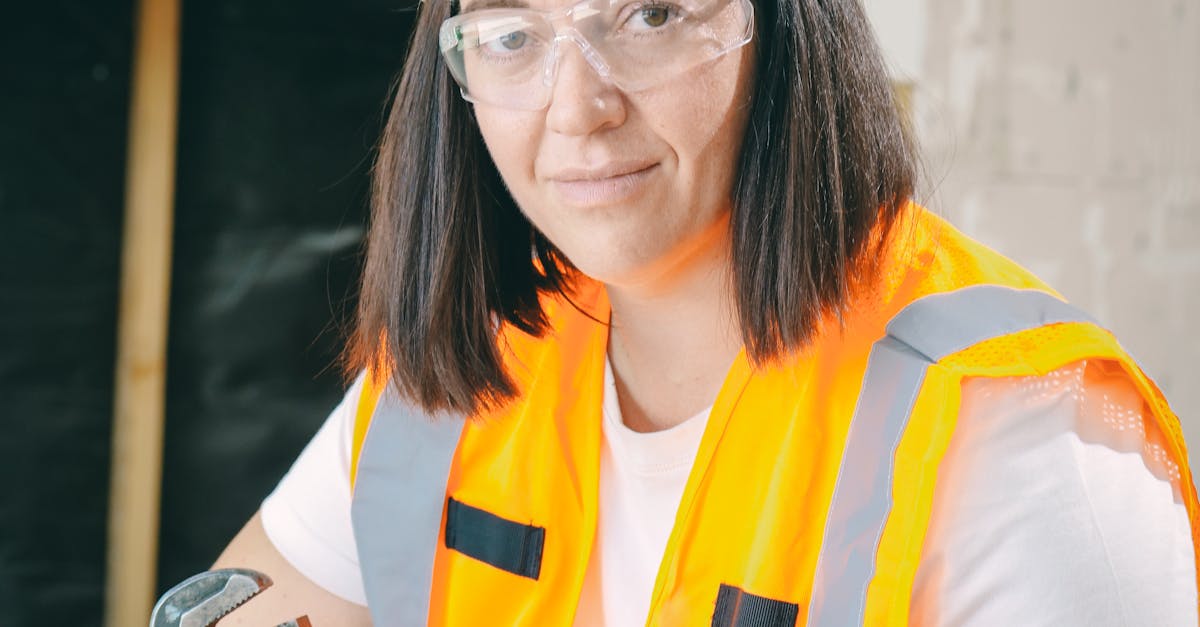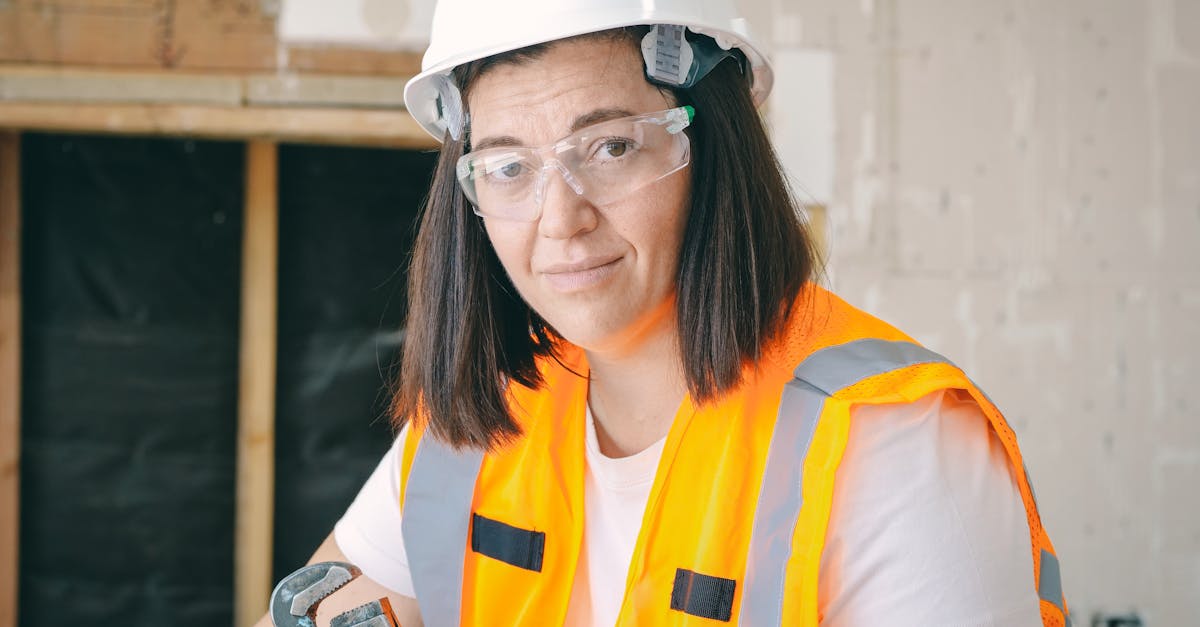
Table Of Contents
Plumbing Considerations
When replacing a sink, it’s essential to consider the plumbing connections involved. Existing pipework beneath the sink must be compatible with the new installation, as any discrepancies can lead to leaks or inefficient drainage. Assessing the current plumbing setup can help determine whether additional modifications are necessary. Sink installation and repair might require adjustments to the plumbing layout, especially if the new sink differs in size or drainage configuration. Ensuring that your plumbing can accommodate the new sink type is crucial for a successful replacement.
Another aspect to think about is the water supply lines and drainage system. Old fittings may need replacement to match the specifications of the new sink. In some cases, it might be advisable to replace the trap or other plumbing elements to prevent potential issues down the line. As you plan your sink installation and repair, keep in mind the importance of using quality materials for plumbing connections. This consideration can significantly impact the longevity and functionality of your new sink.
Ensuring Proper Plumbing Connections
Proper plumbing connections are crucial when replacing a sink. Any misalignment can lead to leaks or insufficient water flow, which may cause damage over time. Before beginning the installation process, it is essential to assess the existing plumbing setup. This includes checking the water supply lines, drain pipes, and any fittings. If adjustments are necessary, consider consulting a professional to ensure everything aligns safely and securely. Sink installation and repair require a thorough understanding of plumbing principles to avoid future complications.
Water supply connections typically involve flexible hoses or rigid pipes, which must match the specifications of your new sink. Be mindful of the drain’s positioning as the sink's dimensions may vary from the previous model. It's also wise to use plumber's tape on threaded connections to prevent leaks. If the plumbing features outdated materials, such as galvanized pipes, investing in upgrades may save time and trouble down the road. This attention to detail during sink installation and repair can prevent long-term issues and promote a smooth installation process.
Dealing with Countertop Compatibility
When replacing a sink, one of the key factors to consider is the compatibility with your existing countertop. Many countertops have specific cutout sizes that accommodate standard sink dimensions. If the new sink differs in size or shape, alterations to the countertop may be necessary, leading to additional costs and effort. It's essential to measure accurately and assess whether your countertop material can handle modifications without compromising its integrity.
Another important aspect is the material of the countertop itself. Different materials, such as granite, laminate, or solid surface, may require various installation techniques. Sink installation and repair must account for these variables to ensure a proper fit. If in doubt, consulting a professional can offer guidance on the best approach for your specific situation. This can prevent costly mistakes and ensure a seamless look following the installation.
Matching Your Sink with Existing Counters
When replacing a sink, it is essential to consider the compatibility with your existing countertop. Different sink styles, such as undermount, drop-in, or vessel sinks, may require specific cutouts in the countertop material. Before purchasing a new sink, measure the dimensions of the current countertop space. Account for depth and width to ensure a seamless fit that doesn’t compromise the aesthetic or functionality of your kitchen or bathroom.
Another factor is the material of both the sink and the countertop. Stainless steel, ceramic, and composite sinks offer various looks and durability levels. Ensure that the chosen sink harmonises with the texture and colour of the existing counters. Professional assistance might be needed for sink installation and repair if modifications to the countertop are required. This ensures that the replacement process is manageable and free from potential complications.
The Cost Involved in Sink Replacement
Replacing a sink often involves multiple costs that can add up quickly. Initial expenses include purchasing the new sink and possibly a new faucet. Homeowners may also need to consider additional materials such as plumbing fittings and sealants, which can vary based on the choice of sink. Professional installation may be required for more complicated setups, increasing the overall cost. Those opting for DIY methods should factor in tools and any necessary modifications to existing plumbing.
When budgeting for a sink replacement, it's essential to account for sink installation and repair. Labour costs can differ significantly depending on the complexity of the plumbing work involved and local labour rates. Homeowners should also think about the potential need for countertop adjustments or replacements, as these can significantly impact the final expense. By carefully estimating all these factors, one can create a more accurate budget for their sink project.
Budgeting for Your New Sink
When budgeting for a new sink, it’s essential to consider not only the purchase price of the sink itself but also the associated costs of installation and repair. Professional sink installation services can vary significantly in price depending on factors such as the type of sink, your location, and the complexity of the installation process. Additional expenses may arise if plumbing modifications are needed or if the existing plumbing does not align with the new sink’s specifications.
It’s wise to set aside some extra funds for unexpected repairs or adjustments. Even a straightforward sink swap can reveal underlying plumbing issues that may require attention. Including a cushion for these potential costs ensures a more accurate financial plan. Assessing costs thoroughly will provide a clearer picture of your overall investment, ensuring that the transition to a new sink is smooth and hassle-free, with peace of mind regarding sink installation and repair.
FAQS
Is replacing a sink a difficult task?
Replacing a sink can vary in difficulty depending on your plumbing skills and the type of sink you're working with. If you're familiar with basic plumbing and your existing connections are in good condition, it may be a straightforward process. However, if extensive plumbing work is needed, it could become more challenging.
What plumbing considerations should I keep in mind when replacing a sink?
It's essential to ensure proper plumbing connections. Make sure that the water supply and drainage systems are compatible with your new sink. You may need to adjust or replace pipes, which can add complexity to the replacement process.
How do I ensure my new sink is compatible with my existing countertop?
Before purchasing a new sink, measure the dimensions of your current sink and the cutout in your countertop. Ensure that the new sink will fit properly and consider the material of the countertop, as certain sinks may require specific installation methods.
How much should I budget for a sink replacement?
The cost of replacing a sink can vary widely based on the type of sink you choose, any plumbing modifications required, and whether you hire a professional. It's advisable to research costs for both the sink and potential installation fees to create a realistic budget.
Can I replace my sink myself, or should I hire a professional?
If you're comfortable with DIY projects and have some plumbing experience, you may be able to replace the sink yourself. However, if you're unsure or if extensive plumbing work is required, hiring a professional can ensure the job is done correctly and safely.





























